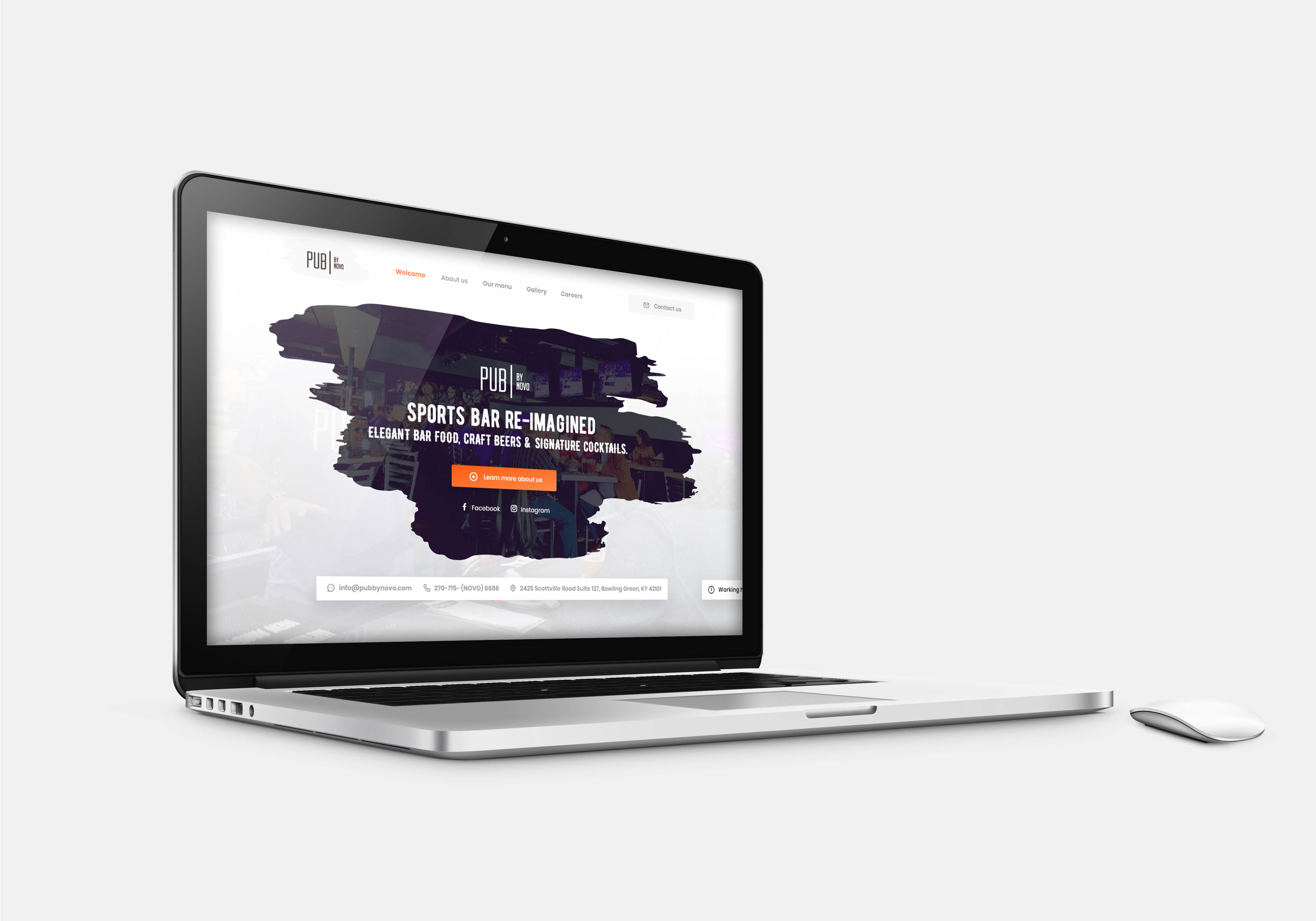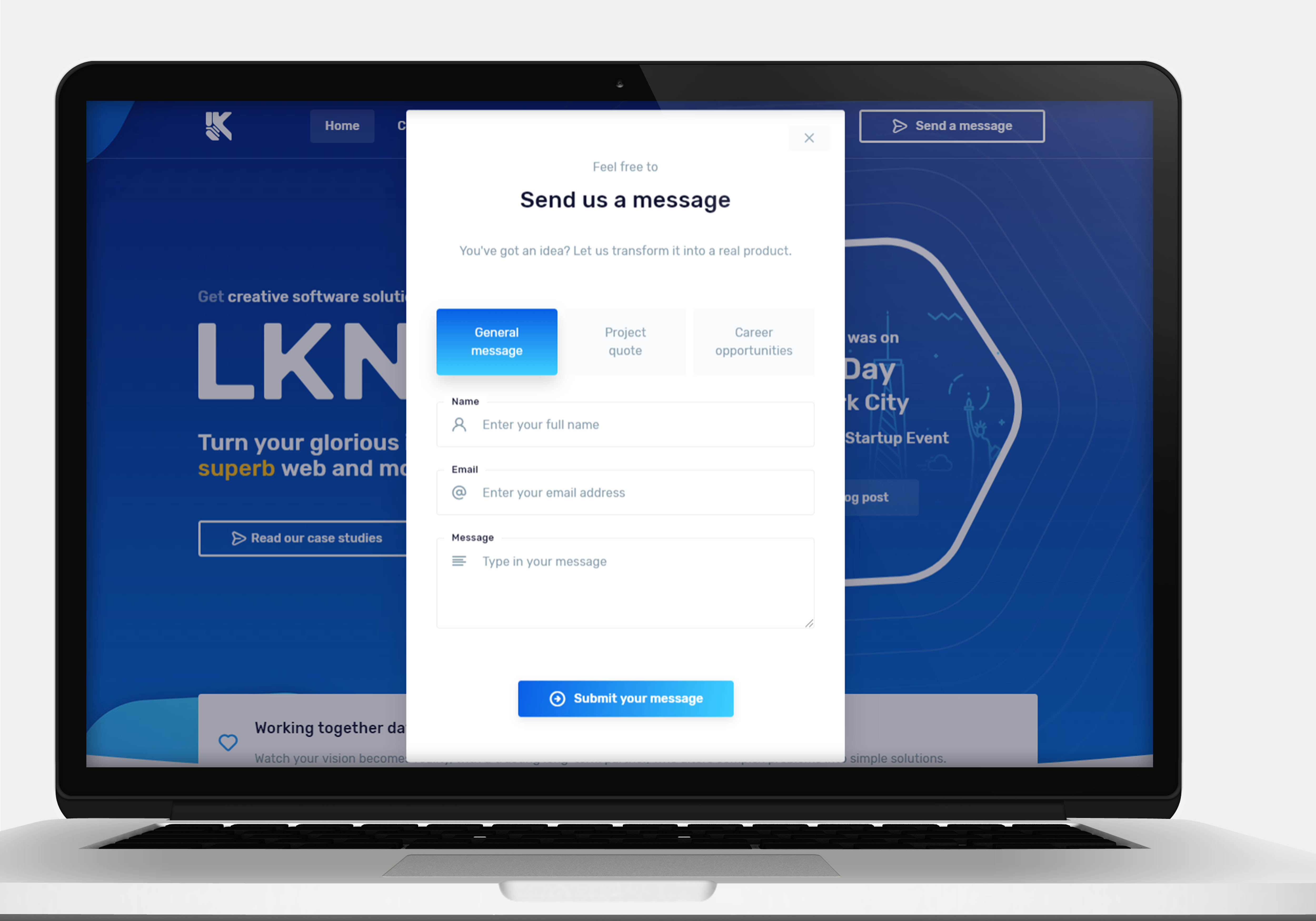Designing and developing a website for business might seem like a simple thing to do. "It’s just to market and sell my product? I mean, how difficult could it be?" No, it’s not so simple, and yes, it is more difficult than you think. If you are creating a website just for the sake of having it, without thorough knowledge, you might as well not create it at all. There are many types of businesses. Some sell products, some sell service. Only products can vary from medium-priced clothing to luxury and expensive vehicles. Your website needs to be created based on your business. The one-size-fits-all approach to design does not function in the world of web development.

What is your business selling? Who are you selling to? How often do people actually need your service? Who plays the role when making a purchase on your website? These are just a few questions to ask when opting to develop a fully functional website to contribute to your business and boost its revenue. You need answers to these questions to know if you need either a B2B or B2C website model. Okay, but what do B2B and B2C mean? What kind of website model is that?
In a nutshell, B2B stands for Business to Business, while B2C means Business to Customer. Outside a nutshell, it’s a bit more complex. Even though they both aim toward the same thing (sell your service/product), they do have a different approach in order to be fully functional. Let’s talk about the most important factors and how differently B2B and B2C website models approach them.
1. The buyer
The main difference between B2B and B2C is clearly depicted in their names. A B2B website sells products to other business or corporations, while B2C aims general or targeted public. How should this affect website design? B2B: Whenever an owner wants to buy something for their business, there are most of the time many different people involved in the decision-making process. There is usually a lot of debate and dialog among different individuals (employees) on which product or service should be bought and from whom. This makes the process more complicated and slower. Which means you need to put some extra effort into letting them know why is your product good and why they need it. B2C: On the other side, B2C buyers are usually in some kind of a hurry. They know what they are looking for and they want it as soon as possible. There are usually only one or two decision-makers, so the whole process goes way faster than B2B. B2C buyers will still do some research before they purchase, but they are most of the time not complex and fast.

2. The purchase
What if you sell something that is maybe both aimed at the general public and companies? In this case, you need to understand the motive behind the purchase. Why is this person/business looking to buy something from you?
B2B: These kinds of websites usually need to sell something costly and of high importance for businesses. B2B websites need to convince the buyer that the product/service it is selling will be a quality purchase. Why is that what you are selling so good? How does it work? You need to approach these buyers with patience and without any rushing.
B2C: On the other hand, B2B websites need an approach that involves quick and easy to understand information. If you make your possible buyer overthink your purchase they might opt not to buy it, or to go somewhere else. Design of B2B websites needs to increase the sense of urgency and need in a buyer. Make them buy your service/product as soon as possible by offering good rates or discounts that might end soon.
3. UI and UX design
They both need to be aesthetically pleasing, with a well-balanced amount of text and color. Designing your website in the wrong way without understanding the importance of design can harm your general business.
B2B: In order to be effective B2B websites need to be simple, easy to understand. This is achieved with a simplistic design, safe font choices and bright eye-catching color swatches. Your design wants to convey that your business is reliable, trustworthy and serious.
B2C: Designers of B2C websites have way more space for experimenting, as long as it stays true to the brand's identity. Having more image than text is important since text takes more time to be perceived. Remember, B2C buyers are in a hurry! Fonts and colors can break the rules and go crazy as long as the information they contain is easy to understand. These websites need to make clients remember them. They need to be unique and original, yet stay aesthetically pleasing.

4. Content
B2B: You need to understand that you are writing content which has to sell your product to companies in possibly different industries. This means your content has to be as general as possible, without any slang. Your content has to be formal in order to appeal trustworthy and serious. The best practice is to design several different pages in order to cover the different ways your product/service might be useful to different companies.
B2C: As mentioned many times before, B2C shoppers need a lot of information in a small amount of text. Content of the B2C website needs to easily explain and sell your product. Usually, images are more important than text.
5. CTA’s (call to action)
You need to put logs on the fire of interest that you’ve ignited once the customer has taken interest in your product. Call to action buttons can easily lead your customer to buy the product.
B2B: Since the decision to make a purchase takes more time on B2B websites, they need loads of different CTA’s spread around the website in its content. You need to motivate the customer to make a purchase many times while they are researching your product.
B2C: Again, B2C website needs no time to waste! The customers know what they need, they’ve read about your product and see it from your contact that is good. Make them take actions immediately. Don’t get them tangled inside your website pages and content in order to find a button to buy your product.
6. Quality proof
Your possible customers trust other customers and their feedback way more than they do to what you have to say about it. They all know that you want to make your product seem like the best product, so they seek proof from previous users.
B2B: You need as much as different types of quality proofs from other companies and people that bought and used your product. Include logos of companies you’ve collaborated with, share their testimonials, reviews, ratings… Comparing your product to competition’s products works well too. Let the client business know how many satisfied customers you’ve had so far. Tell them about your awards and recognition.
B2C: With customers as individuals, this is way easier. Ratings and a short review will do the work. If people like your product from what you’ve told them about it, good average ratings and reviews will be just enough to quickly have them make the purchase.
7. Contact form
If your clients, either businesses or individual customers, need some information from you, the contact form has to be available.
B2B: You want to initiate further communication with your company-client. Adding an option to schedule an online meeting or a physical presentation of your product besides usual contact fields is great! Make sure to let them know you will give your best to understand them and offer them what they need.
B2C: A classical fill in contact form works best here since you will have different types of questions and information request from each individual customer. Adding an option to subscribe to notifications about discounts or new products is also a good idea. And also, don’t forget to make the contact form as short as possible! If you request too much information people might give up on making the purchase.

In conclusion
Hopefully you now briefly understand the difference between B2B and B2C website models. We say ”briefly” since understanding all of the factors mentioned in the text above requires a lot of experience in web development and a lot of understanding of how clients might interact with different websites.
Luckily enough, LKnet has years of experience in both business and website development. Our ambitious and talented team will make sure to thoroughly analyze your needs. This can help us create the best possible website to accommodate your business in the digital world.
What are you waiting for? Why don’t you contact us and schedule a meeting?
Tags in this article
References in this article
Jacob K. Javits Convention Center 2010 Full list TechDay Los Angeles TechDay London
Be sure to check out
Other stories that you might like
Looking for a partner?
We would love to help
Don't waste your time.

